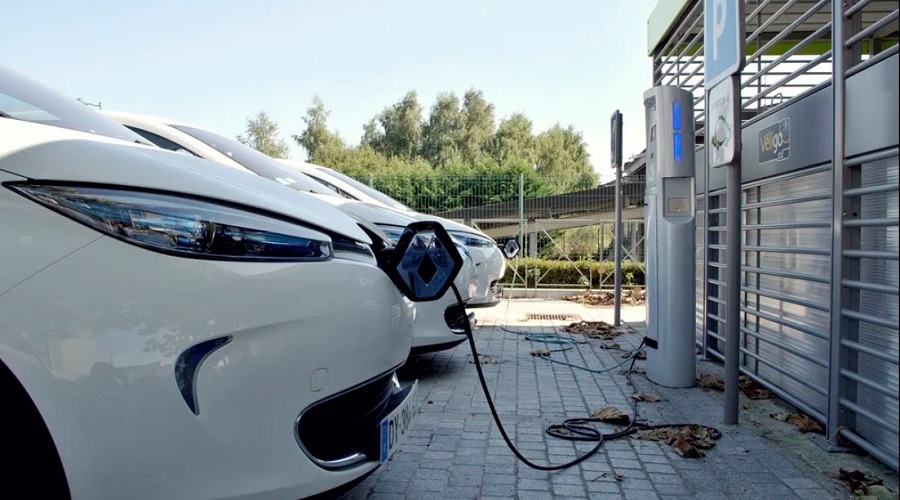Mining
Thursday, August 18th, 2022 6:06 am EDT

What happens is that during charging, lithium ions move from the cathode and combine with the nanoparticles in the anode. During discharging, the lithium ions move back to the cathode. Over time, the nanoparticles in the anode crack and cluster together at the electrode-electrolyte interface. This causes an electrical disconnection, reducing the amount of charge the anode can store or transport.
The method that the Korean researchers developed addresses these issues by encapsulating the nanoparticles in an elastic web-like structure.
To demonstrate their approach, the team used a conventional anode containing silicon nanoparticles held together by a polymer (polyvinylidene fluoride) binder. To accommodate the web-like structure, they removed the binder by heating the anode using an annealing process.
The gap between the nanoparticles was then filled in with reduced graphene oxide (rGO) solution, which dried up to form a web that held the silicon nanoparticles together and prevented them from cracking. Additionally, the web provided a conductive pathway for the electrons, allowing the nanoparticles to bind with lithium.
The researchers used a technique called “spin coating” to coat the anode surface with rGO. The rGO coating served as a seed layer for the deposition of a protective layer consisting of zinc oxide with magnesium and gallium metal oxides added to it (MGZO). This MGZO layer provided structural stability to the anode.
Upon testing, the modified anode was able to retain most of its charge even after several charge/discharge cycles.
“The structure retained a high storage capacity of 1566 mA h g-1 after 500 cycles and showed 91% coulombic efficiency, which relates to the battery life. This could pave the way for electric vehicles that enable us to drive long distances on one-time charging,” Hyeong-Jin Kim, co-author of the study, said in a media statement.
According to Kim, even though he and his colleagues used a silicon anode, the developed method is applicable to other anode materials, such as Sn, Sb, Al and Mg. Moreover, the anodes can be modified regardless of how they were manufactured, making it a universally applicable method for improving battery life.
This post has been syndicated from a third-party source. View the original article here.




